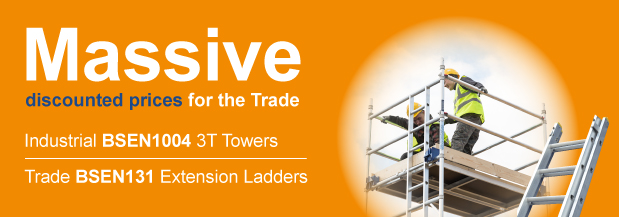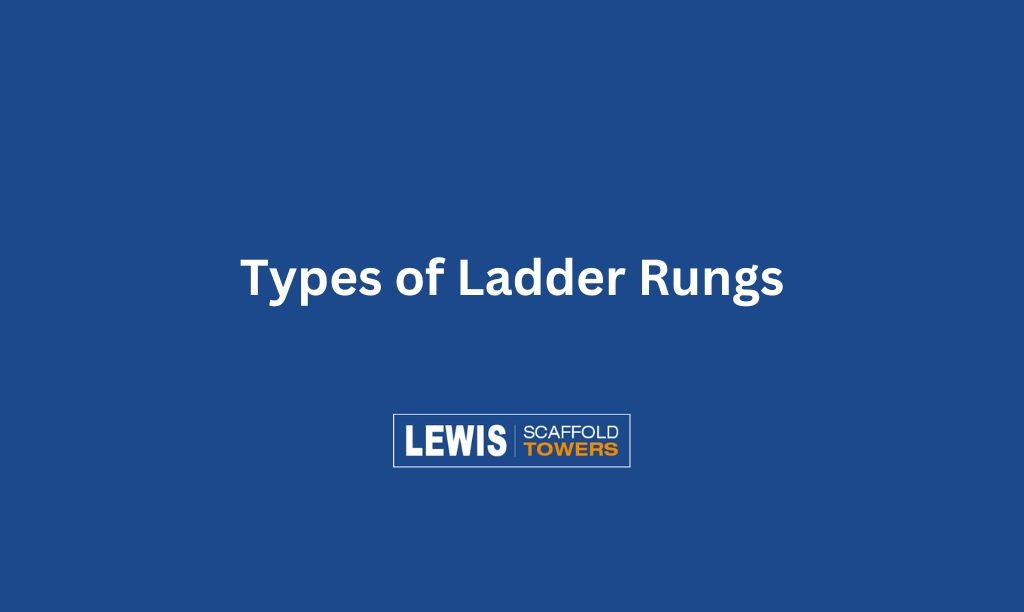Have you noticed the different types of ladder rungs on the market?
Some of the most common rung types include square, round and D-shaped.
Which one should you buy, and why? Let’s take a look at all three, but before we do, if you’re not family with the parts of a ladder, it’s worth reading that post too.
3 Different Types of Ladder Rungs Explained
D-Shaped
D-shaped rungs are shaped like the letter “D.” Instead of being perfectly round like round rungs, they have a flat side on one end, resembling the straight part of the letter “D,” while the other side remains rounded. In essence, this offers users more comfort when standing near the edge of the rung. At LEWIS Access, we manufacture extension ladders with D-shaped rungs due to the benefits they offer users.
Square
Square-shaped rungs have four flat sides. The flat sides provide additional stability due to increased traction when climbing up and down and more comfort compared to round rungs. However, depending on how the user stands on the ladder rung, it can become uncomfortable for extended periods.
Round
Round rungs are the least popular. This is largely due to innovative manufacturing, which creates safer alternatives like D-shaped rungs. While round rungs were a good option before, they’re not as stable, comfortable, or slip-resistant.
4 Common Materials for Extension Ladder Rungs
The three types of ladder rungs are manufactured using the following materials.
Aluminum
One of the major advantages of aluminium rungs is their lightweight, so they only add a small amount of weight to the overall ladder. Just as robust as stainless steel, but it just makes it easier to use a daily basis. At LEWIS Access, our rungs and the ladder itself are made with aluminium and manufactured with twist-proof technology.
Stainless Steel
Stainless steel ladder rungs are a robust piece of access equipment, but they’re typically very heavy. It can become quite tiring when constantly moving one of these types of ladders.
Wood
Wooden ladder rungs are typically lighter than metal, so the ladder itself is quite light. However, they come with a lower load weight bearing and degrade quite quickly depending on how it’s stored. Ideal when dealing with electrics.
Fibreglass
Similar to wooden ladders, fibreglass ladders don’t conduct electricity. They’re just as good as aluminium rungs but significantly safer for electricians.
Summary
There’s a choice of three types of ladder rungs: D-shaped, square and round. While D-shaped are more superior, the other options are still available to buy on the market. The most comfortable for users feet are the D-shaped rungs, which also offer the most safety for slipping. Depending on the use case and budget, the rungs are manufactured with different materials, including aluminium, stainless steel, wood and fibreglass. One final note, The Ladders Association shares lots of advice on buying a ladder, so we recommend that you request their free guide to support your decision.


